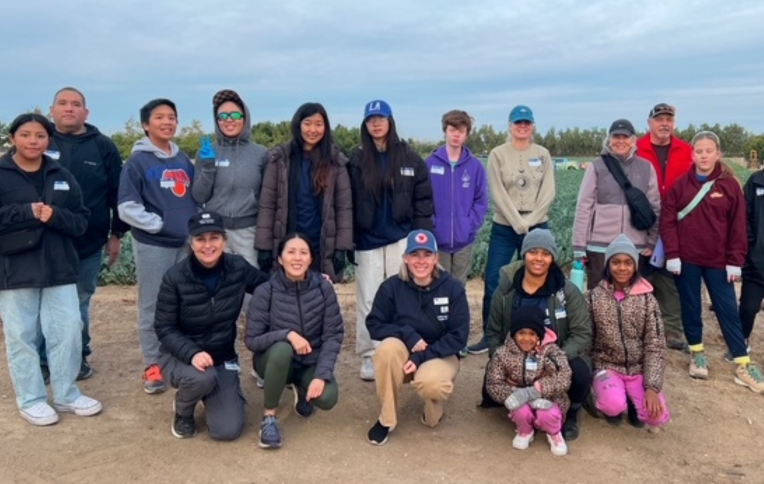
As public education continues to expand beyond the traditional classroom, more families are considering K-12 online public schools as a viable alternative. These state-funded programs provide the same academic foundation as in-person schools, but in an online setting that offers greater flexibility and personalization.
Rather than asking which type of school is objectively better, it’s more useful to consider which learning environment is the right fit for your child. Factors like scheduling, learning preferences, social interaction, and parental involvement all play a role in that decision.
How K-12 Online Public Schools Work
K-12 online public schools are tuition-free and fully accredited, meeting the same academic standards as traditional public schools. Students complete their coursework from home using a digital platform that includes live online classes, self-paced lessons, and teacher support.
These schools serve students across all grade levels, elementary, middle, and high school. Depending on the program and grade, instruction may be a blend of real-time teacher-led sessions and independent study. Certified teachers provide guidance, assess progress, and help students stay on track throughout the school year.
Check out How It Works at California Online Public Schools
Key Differences Between Online and Traditional Schools
Learning Environment
In traditional schools, students attend classes on a physical campus, follow a set daily schedule, and interact in person with teachers and classmates. The structure of the school day is consistent, with limited flexibility in how and when learning happens.
In K-12 online public schools, students learn from home or another approved location. Coursework is completed through an online platform, with teachers available via video calls, messaging, and virtual office hours. This environment often provides fewer distractions and more control over the pace of learning, something that can benefit students with specific learning styles.
Schedule and Flexibility
Traditional schools operate on a fixed schedule, with students attending classes at designated times throughout the day. Attendance and instruction follow a structured routine, which can be helpful for students who benefit from clear boundaries and external accountability.
K-12 online public schools offer a more flexible daily structure. While students must still meet deadlines and attend scheduled online sessions, they often have more freedom to manage their time. This flexibility is especially beneficial for students with unique scheduling needs, such as those balancing health conditions or extracurricular pursuits.
Curriculum Delivery
Both school types follow state-mandated curriculum standards, but the way that content is delivered varies.
Traditional schools rely on in-person instruction, textbooks, worksheets, and classroom-based activities. K-12 online public schools, on the other hand, use multimedia content such as recorded lessons, interactive learning modules, digital textbooks, and online assessments. The online format may give students more opportunities to review materials at their own pace and revisit challenging concepts.
Teacher and Student Interaction
In a traditional setting, students benefit from face-to-face instruction and daily interaction with teachers and peers. This immediate feedback and real-time guidance can be valuable, especially for students who rely on structured classroom routines.
In K-12 online public schools, teachers maintain active engagement with students through digital channels. Depending on the grade and subject, support may include live instruction, individual check-ins, and ongoing communication through secure learning platforms. Although it’s not face-to-face in the traditional sense, the interaction can be highly personalized and accessible from anywhere.
Social Opportunities
One common concern about online school is reduced social interaction. Traditional schools offer daily peer engagement, group work, school events, sports, and clubs, all of which contribute to a student’s social and emotional development.
K-12 online public schools provide social experiences in different ways. Students may participate in virtual clubs, collaborate on projects, and attend in-person events such as field trips or local meet-ups (when available). Students are still encouraged to participate in their local communities and groups as well.
Role of Parents and Guardians
Parental involvement looks different in each setting. In traditional schools, parents typically provide support outside the classroom, helping with homework, attending conferences, or participating in school events.
In a K-12 online environment, especially for younger students, parents often take on a more active role as learning coaches. They help with daily scheduling, monitor progress, and communicate with teachers as needed. While this increased involvement may require a greater time commitment from caregivers, it does allow for more insight into their child’s education.
Finding the Right Fit for Your Child
Choosing between K-12 online public schools and traditional schools depends on your child’s learning style, personality, and academic goals. Some students thrive with the independence and flexibility of an online setting, while others benefit from the routine and direct interaction of a classroom environment. Consider the following when making your decision:
- Does your child work well independently or need more hands-on guidance?
- Is scheduling flexibility important for your family?
- How much time can you commit to supporting learning at home?
- For example, at California Online Public Schools Parents/Caretakers are recommended to be involved daily as follows. Each family’s individual circumstances may warrant different involvement time:
- Transitional Kindergarten/Kindergarten: 3–4 hours per day
- Grades 1–5: Approximately 5 hours per day
- Grades 6–8 (Middle School): 3–5 hours per day
- Grades 9–12 (High School): Around 1 hour per day
- For example, at California Online Public Schools Parents/Caretakers are recommended to be involved daily as follows. Each family’s individual circumstances may warrant different involvement time:
- Does your child prefer working quietly or learning in a social group?
There’s no universal answer, only what works best for your student and family situation.
To learn more about accredited K-12 online public schools in California, visit California Online Public Schools for program details, enrollment steps, and family resources.









